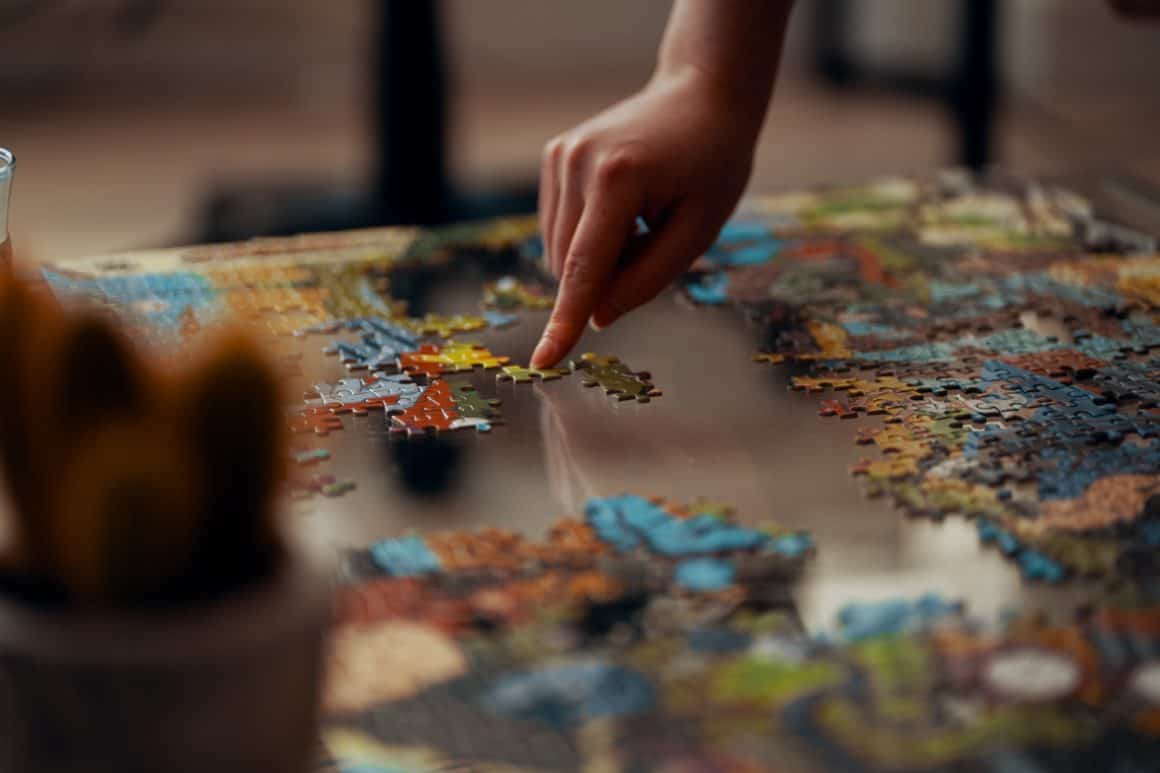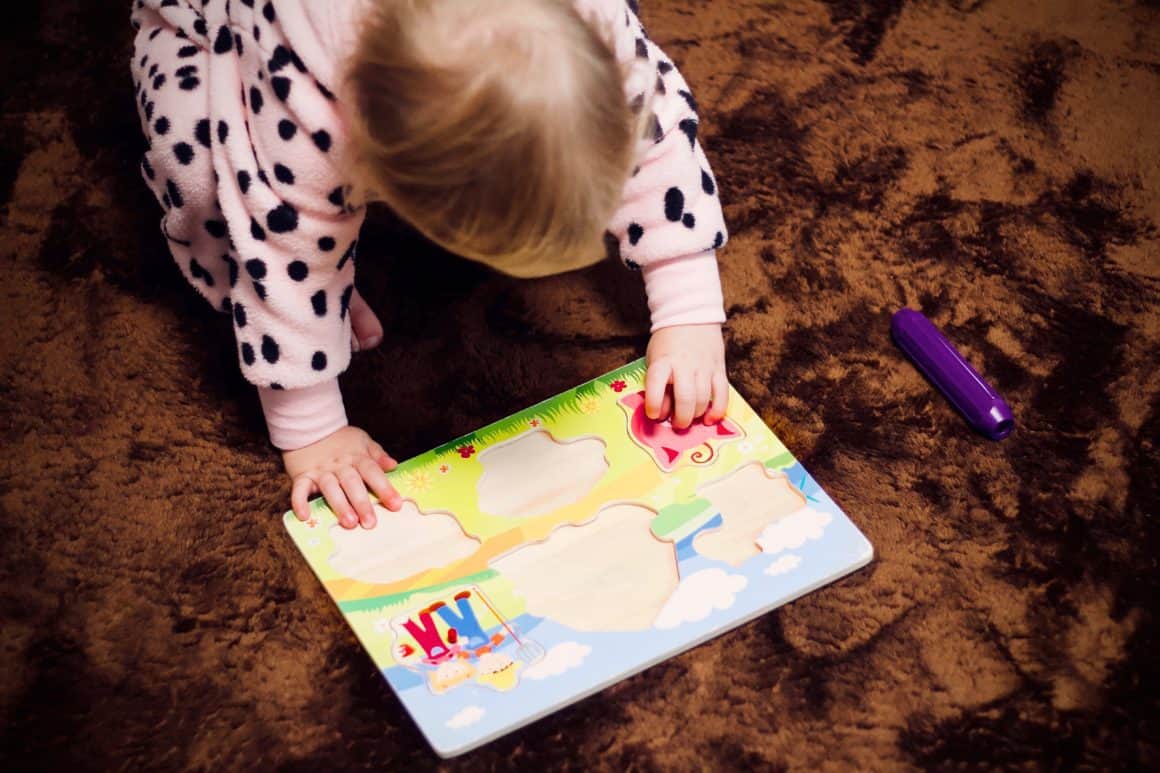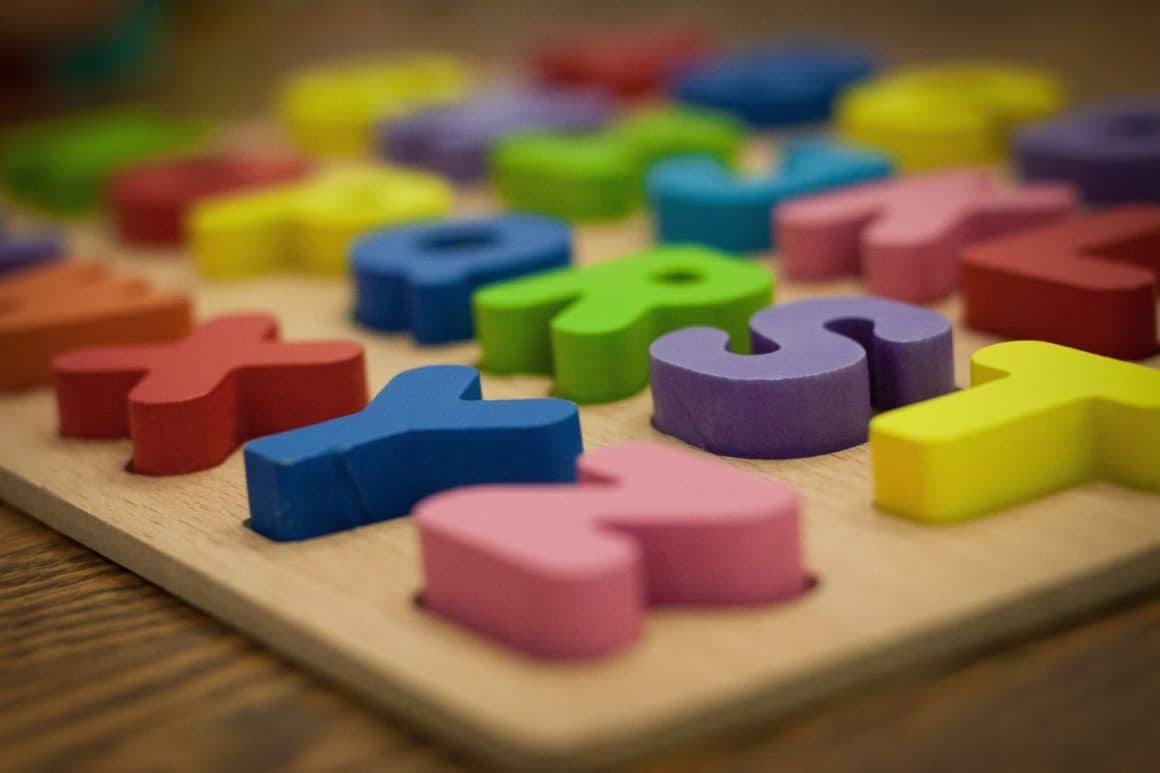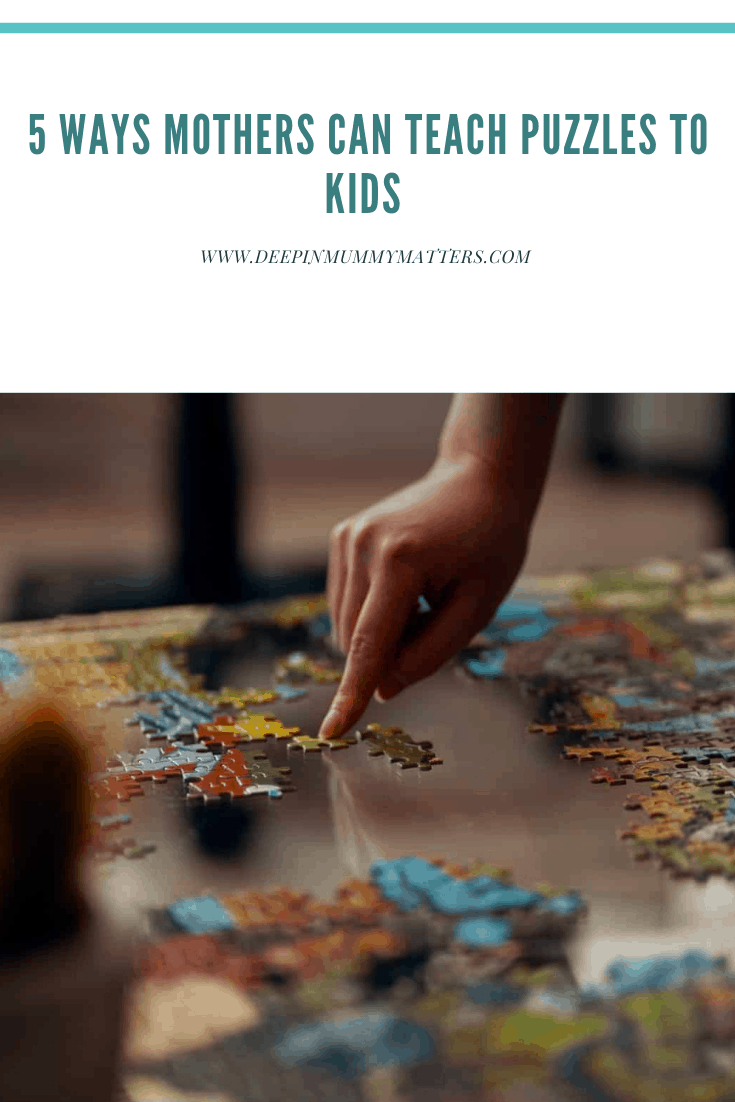Apart from the life-giver, mothers are the first teachers of their kids. Their focus revolves around nurturing their child by improving health and well-being. One such tool that helps mothers achieve the required development of their child is a puzzle. Puzzles are a learning tool that teaches children a variety of life skills. Studies reveal that puzzling can enhance multiple cognitive abilities and prevent cognitive decline.

In your child, it can increase the concentration level and develop a strong spatial awareness. A report confirmed that children between the ages of 2-4 develop better spatial skills and vital maths-related skills in the future.
With puzzles, toddlers can recognize shapes and patterns and learn the basics of numbers and language development. It can develop motor abilities and increases hand-eye coordination in kids that are crucial for overall development. From generating a problem-solving skill to boosting memory, jigsaws can keep your child’s mind active and working.
The best part with puzzles is they come for all ages and in a variety of types. They can be cryptic, logical, or mathematics-related. Others involve word puzzles like crosswords, pattern guessing, and even riddles. The regular practice of crossword and number puzzles can improve attention, reasoning, speed, and accuracy. However, solving them can become challenging sometimes. To avoid losing interest, you can take help from crossword answers 911, a dictionary containing millions of clues to solve different puzzles. Being a mum, if you want to impart the proven benefits of puzzles to your child, here are five easy tips to teach puzzles to your children.
1. Select According To Interest

You may feel overwhelmed to find numerous options while purchasing a puzzle for your kid. But finding the right one can be tricky. If you choose incorrectly, your kid might lose interest. He might not like the game and stop playing ever again. The solution to select the perfect puzzle is to find one suitable for his age. The topic, shape and size, and ease of playing all contribute to a perfect puzzle.
Also, by finding the right difficulty level, you can encourage your child to play it several times. Remember the number of pieces in a puzzle should meet the skill level of the child. Younger kids need fewer blocks that are easier to assemble. With growing age, they can handle puzzles with greater complexity.
2. Start Playing By Letting Your Kid Find The Outside Edges
Encourage your kid to see the final image as drawn in the puzzle box. It will help him understand how exactly the complete puzzle will look. Ask your child to turn all the puzzle pieces picture side up. Tell him to find the outer edges of the puzzle. It will be easier for him to first look for pieces with straight edges. Guide him to assemble the border before making the centre part.
3. Sort The Pieces By Colour

After placing the outer edges, help your child to find pieces denoting similar colours. Sorting different sections according to colours can help them hook the rest of the blocks together. In case your child is too young to recognize different colours, show him a piece and ask him to find something related to the pattern.
4. Be Descriptive
When your child is new to the game of puzzles, a vivid description can make it a lot easier for them. Begin by describing how the jigsaw piece looks. The pattern made, their colour, and what the picture is denoting will help them find the rest of the blocks. Sometimes, they may get two pieces but will confuse how to put them together. Help the child by asking to spin the segments and then joining them.
For making their initial efforts simple, you can put a few pieces. If they find the next few parts, show them how to join them. Encourage your kid to solve the rest of the puzzle without your help.
5. Give Positive Reinforcement
Positive Reinforcement always encourages a better response. It will make your kid feel good about his accomplishments and develop self-esteem. While playing a puzzle, your words of appreciation can make him perform better. Praise your kid whenever he finds the correct piece. Your mere gestures like clapping, hugging, and smiling make him try repeatedly. Sometimes praise-worthy words and small treats can help him reach the point of perfection.
Conclusion

In times of extreme exposure to electronic media, puzzles are the source of entertainment without any harmful effects. No matter how old your children are, they like puzzling. It provides a sense of achievement and contributes to physical and mental development. Choosing a puzzle matching your child’s skill-set and teaching how to play is the best gift you can give to your child. Moreover, the entire activity prepares them for a brighter future, boosting their confidence and understandability.

